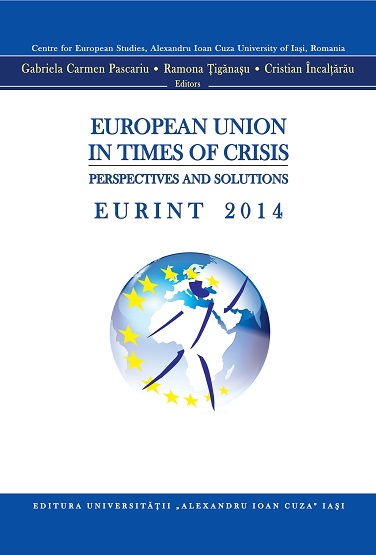THE EU’S INTERNAL FRICTIONS AND THEIR CONSEQUENCES ON THE EASTERN NEIGHBOURS
THE EU’S INTERNAL FRICTIONS AND THEIR CONSEQUENCES ON THE EASTERN NEIGHBOURS
Author(s): Lavinia LUPU, Alexandru VoicuSubject(s): Politics / Political Sciences
Published by: Editura Universităţii »Alexandru Ioan Cuza« din Iaşi
Keywords: EU; Neo-medievalism; Eastern Partnership; Russia; Structure; System;
Summary/Abstract: In the last couple of years, the EU’s foreign policy was mainly directed towards two regions: the Balkans and the Eastern neighborhood. However, the means and the ends of the EU’s approach were in a sharp contrast. While the Balkan countries witnessed a more straightforward and coherent path towards the EU, the Eastern neighborhood had a different experience. Aiming to avoid future cleavages, the EU developed in 2004 the European Neighborhood Policy. But following Romania and Bulgaria’s accession in the EU, there was still the need for a more comprehensive approach toward the Eastern neighbourhood. Therefore, at the Polish and Swedish overture, the EU inaugurated the Eastern Partnership program which comprises of six ex-Soviet countries. However, the Vilnius Summit was not as effective as it was expected. Instead, it has failed to address the major issues on the agenda. Considering these aspects, this paper asserts that the EU’s gaps in its approach toward the Eastern neighbourhood where mainly determined by systemic incentives and constraints as polarity and ordering principle. After laying out the core arguments, the paper will further develop possible future dynamics concerning the fate of the EU Eastern neighbourhood in the aftermath of the Vilnius Summit.
Journal: EURINT
- Issue Year: 1/2014
- Issue No: 1
- Page Range: 169-179
- Page Count: 11
- Language: English

